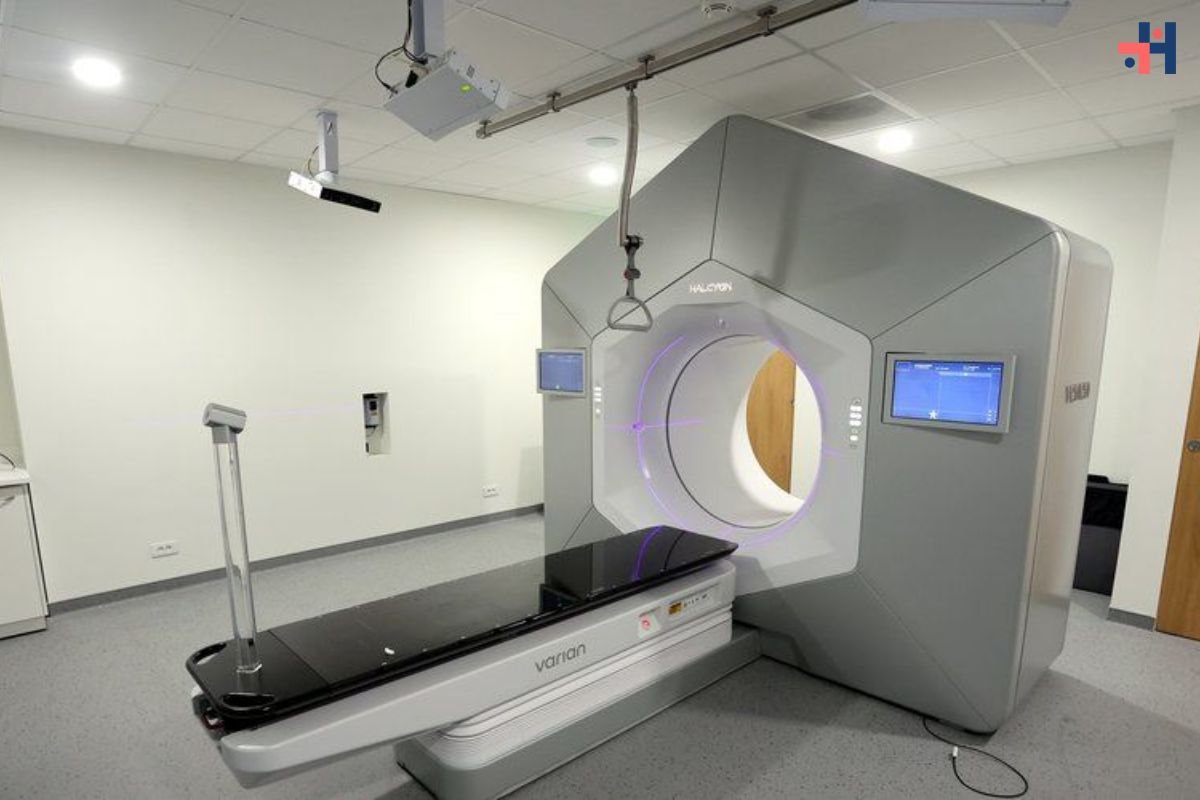Hot yoga, also known as Bikram yoga, has surged in popularity in recent years, captivating fitness enthusiasts with its unique blend of yoga poses performed in a heated room. While many practitioners swear by its ability to improve flexibility, enhance strength, and promote relaxation, it’s essential to recognize the risks of hot yoga. In this comprehensive guide, we’ll delve into the various dangers associated with hot yoga practice and provide valuable insights on how to mitigate these risks.
With temperatures typically ranging from 90 to 105 degrees Fahrenheit (32 to 40 degrees Celsius) and humidity levels soaring, hot yoga sessions create an environment that challenges both the body and mind. While some individuals thrive in the heat, others may find themselves struggling to adapt, leading to potential health complications. From dehydration and overheating to musculoskeletal injuries and respiratory issues, the hazards of hot yoga underscore the importance of practicing mindfully and understanding one’s physical limitations.
As the popularity of hot yoga continues to soar, it’s crucial for practitioners to be informed about the potential risks and take appropriate precautions to ensure a safe and enjoyable practice experience. By understanding the dangers associated with the risks of hot yoga and adopting strategies to mitigate these risks, practitioners can reap the numerous benefits of this dynamic form of exercise while safeguarding their health and well-being.
Here are 7 Risks of Hot Yoga:
1. Risks of Dehydration:
One of the most significant risks of hot yoga is dehydration. Exercising in a hot and humid environment can cause excessive sweating, leading to fluid loss from the body. Dehydration can result in symptoms such as dizziness, lightheadedness, fatigue, and even heatstroke in severe cases. It’s crucial to stay hydrated before, during, and after hot yoga sessions by drinking plenty of water. Additionally, consuming electrolyte-rich beverages or snacks can help replenish lost minerals and prevent dehydration-related complications.
2. Overheating:
Exercising in a heated room can cause the body’s core temperature to rise rapidly, increasing the risk of overheating. This can put added strain on the cardiovascular system and may lead to heat-related illnesses such as heat exhaustion or heatstroke. It’s essential to listen to your body’s signals and take breaks as needed during hot yoga sessions to prevent overheating. Practitioners should also dress in lightweight, breathable clothing and avoid practicing in extreme heat or humidity levels to reduce the risk of overheating.
3. Musculoskeletal Injuries:

The heat and humidity of hot yoga can make participants feel more flexible, leading them to push their bodies further than they would in a cooler environment. However, this increased flexibility can also make individuals more susceptible to musculoskeletal injuries such as strains, sprains, and muscle pulls. It’s essential to practice hot yoga mindfully and avoid overstretching or forcing your body into poses beyond its limits. Practitioners should focus on proper alignment and technique to reduce the risk of injury and listen to their bodies to avoid pushing too hard.
4. Hyponatremia:
Hyponatremia, or low sodium levels in the blood, can occur when individuals consume too much water without replacing lost electrolytes, increasing the risks of hot yoga sessions. Sweating excessively can lead to the loss of sodium, potassium, and other essential electrolytes. Symptoms of hyponatremia include nausea, vomiting, headache, confusion, and muscle cramps. To prevent hyponatremia, consider drinking electrolyte-rich beverages or consuming foods high in sodium before or after hot yoga practice. Additionally, practitioners should be mindful of their fluid intake and aim to maintain a balance of hydration and electrolyte levels.
5. Risk of Cardiovascular Events:

For individuals with underlying cardiovascular conditions, practicing hot yoga can pose a significant risk. The combination of high temperatures and physical exertion can place added strain on the heart and circulatory system, potentially leading to cardiovascular events such as heart attacks or arrhythmias. It’s crucial for individuals with heart conditions to consult with their healthcare provider before engaging in the risks of hot yoga or other intense forms of exercise. Practitioners should also monitor their heart rate and symptoms during practice and seek medical attention if they experience chest pain, palpitations, or other concerning symptoms.
6. Respiratory Issues:
The heat and humidity of hot yoga studios can exacerbate respiratory issues such as asthma or chronic obstructive pulmonary disease (COPD). Breathing in hot, humid air may trigger symptoms such as coughing, wheezing, shortness of breath, or chest tightness in individuals with pre-existing respiratory conditions. It’s essential to practice caution and use appropriate breathing techniques during hot yoga to minimize the risk of respiratory distress. Practitioners with respiratory conditions should consult with their healthcare provider before participating in hot yoga and consider using a humidifier or practicing in a well-ventilated space to improve air quality.
Also Read: Exploring the Diverse Styles of Yoga: A Comprehensive Guide
7. Skin Irritations:

The combination of sweat, heat, and friction during hot yoga sessions can lead to skin irritations such as rashes, chafing, or acne breakouts. Wearing moisture-wicking clothing and showering promptly after practice can help prevent skin issues. Additionally, using a clean yoga mat and towel can reduce the risk of bacterial or fungal infections. Practitioners should also avoid using harsh skincare products before or after hot yoga and consider applying a soothing moisturizer to hydrate the skin and alleviate irritation.
Conclusion:
Hot yoga offers a unique and challenging workout experience that can yield significant physical and mental benefits. However, it’s essential for practitioners to approach hot yoga practice with caution and awareness of the potential risks involved. By staying hydrated, listening to their bodies, and practicing proper technique, individuals can minimize the likelihood of adverse effects and enjoy a safe and rewarding yoga experience.
As with any form of exercise, it’s crucial for practitioners to prioritize their health and well-being above all else. If you’re new to hot yoga or have underlying health conditions, it’s advisable to consult with a healthcare professional before beginning a hot yoga practice regimen. With proper precautions and mindfulness, the risks of hot yoga can be a valuable addition to your fitness routine, helping you cultivate strength, flexibility, and inner peace while promoting overall wellness for the body and mind.










